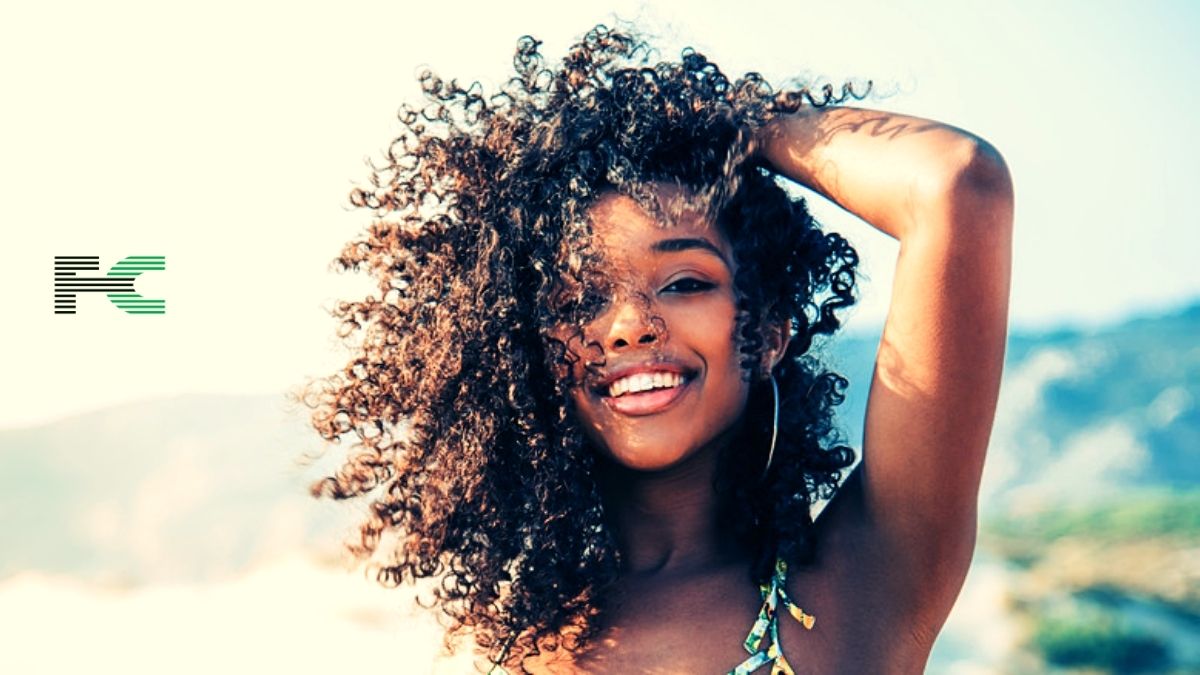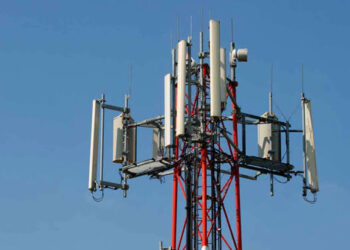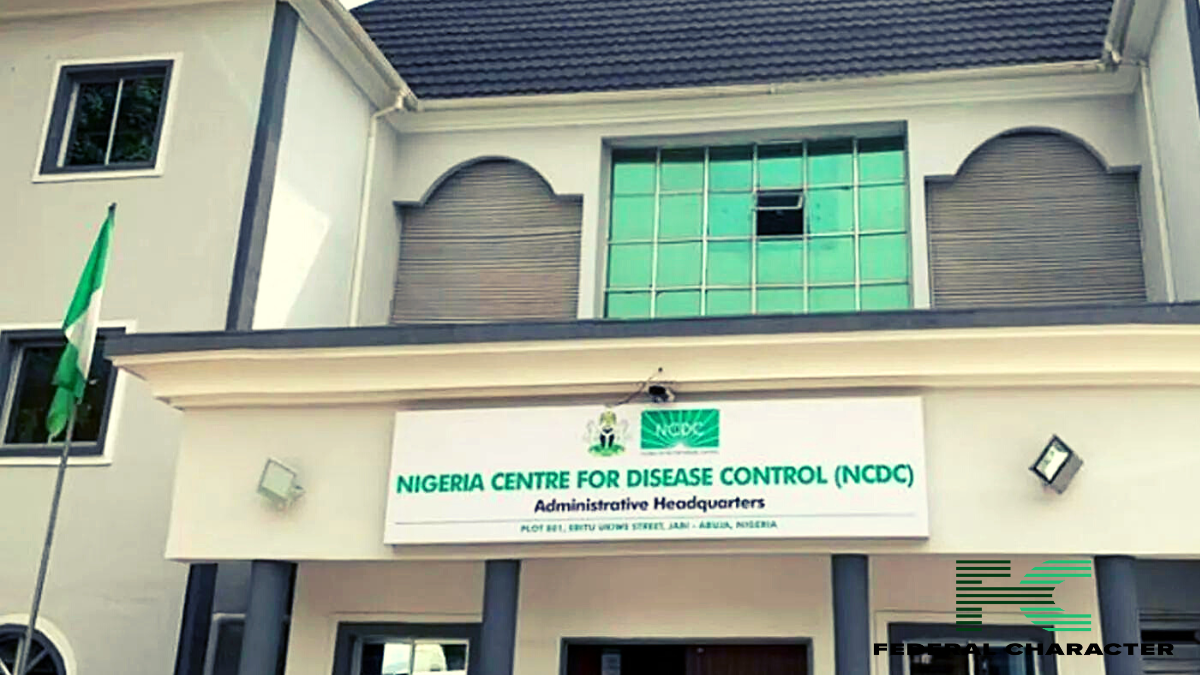“Hanty! You go retouch this hair abi? It’s thick O!”, the stylist asked as she combed through my thick tresses. This isn’t new. Almost every salon I have visited here in Cotonou seems to have a problem with natural hair, they automatically recommend “a good hair relaxing product” and promise to relax your thick hair for free. That is, for some of the salons.
Others simply ask you to leave with a grunt face and a disdained look, almost like you irritate them. “We no dey do that kain hair! come back another time.”
“Edna, I don’t intend to retouch this hair”, I responded to the stylist and watched as she pulled her lips together like she was about to hiss but stopped when she saw me staring at her.
“Hmm, okayy O!”
“Holy ghost fire! Hanty, e be like say you get dandruff and lice for this your hair O! E plenty oo, na because of this natural hair wey you dey do. See as the lice dey crawl on top your head, e no dey scratch you?”, I watched as she kept rambling and making funny expressions with her cute little face. Edna is very ignorant about a lot of things, including this green tea she is currently sipping (to lose her belly fat) but she knows how to keep her customers entertained.
“Edna, I don’t have lice. It is dandruff, I complained the last time I was here and asked you for tips on how to treat it”, I responded sternly. I knew she wasn’t going to back down, they don’t like to admit they are wrong or that they know less.
“How you take know say you no get lice? No be me, your stylist go tell you? If you relax this hair now, everything go jus go…”, She kept trying to sell this false truth to me.
The past few weeks have been terrible. My hair has been itchy, very itchy. The skin on my scalp is on fire from the constant scratching. Dandruff is something I never thought I would have to deal with in my natural hair journey, because I have been very careful and devoted to my hair care routine. Alas! Dandruff paid me a visit.
Dandruff is a non-contagious common hair condition that causes the skin on the scalp to flake.
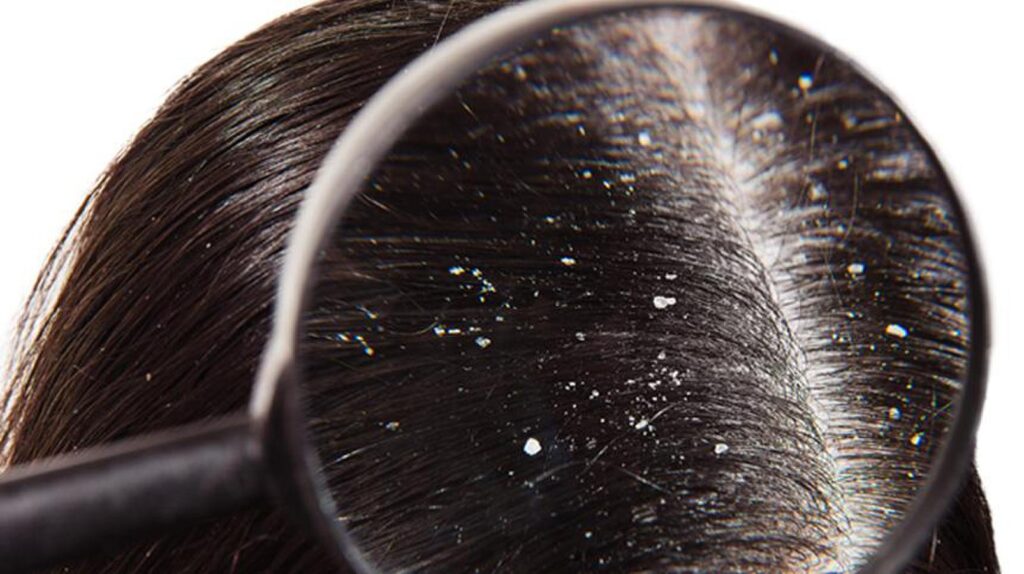
Dandruff is easily misconstrued to be a hair problem but it is more of a scalp problem — it has nothing to do with how thin or thick your hair is. This means that your hair can be healthy yet the possibility of getting a dandruff on your scalp remains high.
What are the signs to look out for?
- Itchy scalp
One of the most common causes for this is Heat. Have you ever noticed that you tend to scratch your scalp more when you are feeling hot?
But, when the itch becomes more intense and severe, then it is a possible sign of dandruff.
- Flakes of skin that ranges from small to large in white or yellow color
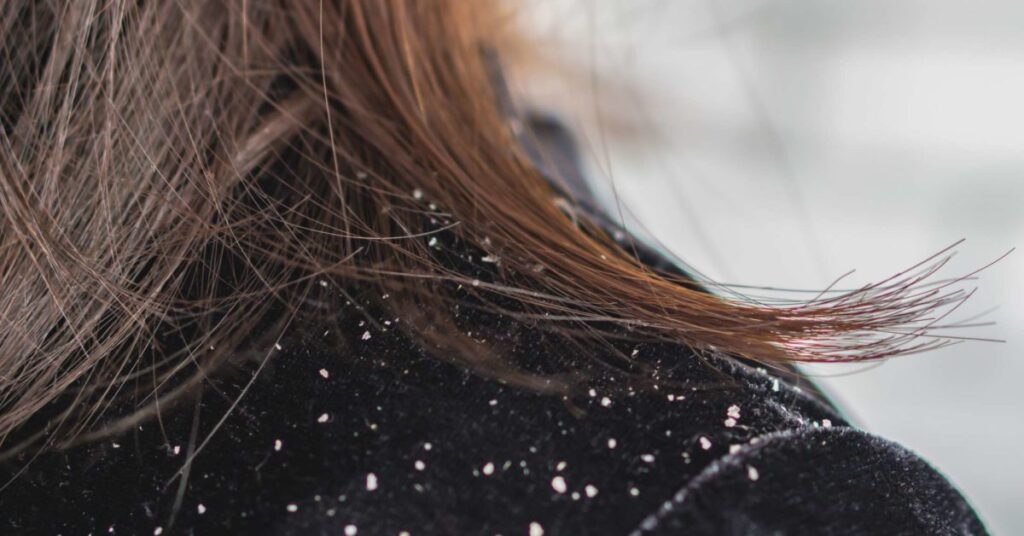
Little to large particles tend to drop when we comb our hair. Some of these particles are dirt or residue of a hair cream. But, when it is flaky (like a skin peel) then that is a sign that the skin on your scalp has dandruff.
Possible causes:
- Sensitivity to hair care products
- Oily skin
- Dry skin
- Skin conditions like psoriasis and eczema
Cold or dry weather can trigger dandruff or make it worse.
One of the many dandruff myths is that dandruff is accompanied by lice. They are two different conditions that affect the scalp.
Lice are wingless tiny insects that infest the scalp. They feed on human blood, hence, they are not able to survive anywhere else.
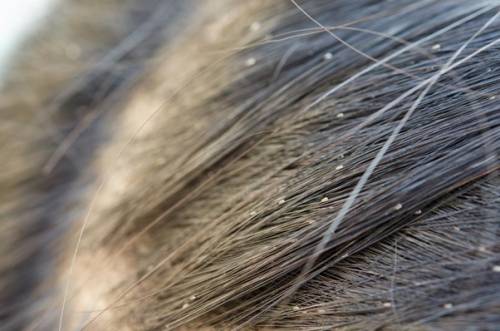
This Condition is mostly common amongst children. It is contagious in a way because if you share intimate objects (like a pillow or a towel) with someone that has been infested, it is possible for the insect to crawl and find its way to your scalp.
What are the signs to look out for?
- Intense itching on the scalp
- A tickling sensation on the scalp. It is possible to feel the bugs moving at times, especially at night.
- Lice eggs (also called nits) on the hair shaft.
How to treat Dandruff
Compared to a lice-infested scalp, Dandruff is a mild condition that can be treated with regular shampoo.
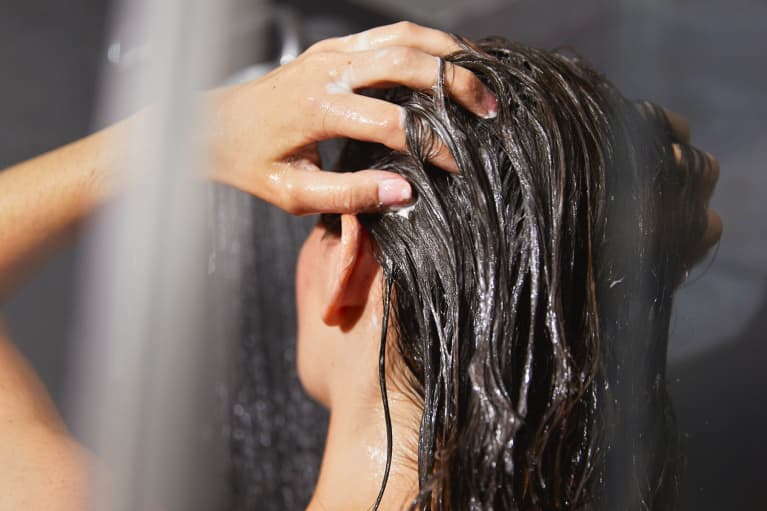
However, a recurring dandruff problem needs to be treated with medicated shampoo. Shampoos with the following active ingredients has been tested and approved by dermatologists to be very effective in treating dandruff:
- Pyrithione based shampoos
- Tar – based shampoos
- Salicylic acid based shampoos
- Selenium sulfide shampoos
- Ketoconazole shampoos
These ingredients help to kill dandruff-causing fungi and control itching, flaking and irritation.
It is advisable to use the shampoos 2-3 times weekly or regularly if need be.
How to treat Lice
Because they are blood-sucking insects, most people think they are harmful. But they are not, they don’t pass on disease because they are not disease carriers.
LICE treatment requires a lot more dedication than dandruff. You might get rid of the louse on your scalp while leaving the nits(eggs) behind.
Shaving your hair can rid you of the louse but it doesn’t prevent it from infesting your scalp again. They feed on your scalp, not your hair.
- Lice can also be treated with medicated shampoos that are specifically designed to treat lice.
- Washing your hair with hot water (careful, don’t burn your scalp) is an advantage. It helps to kill the nits.
- To get rid of the nits, you have to comb it out using a wide toothed comb. This should be done regularly.
- Home remedies such as essential oils have been proven to help get rid of lice and nits.
The essential oils that you can use are:
- Peppermint oil
- Lavender oil
- Tea tree oil
- Rosemary oil
- Lemongrass oil
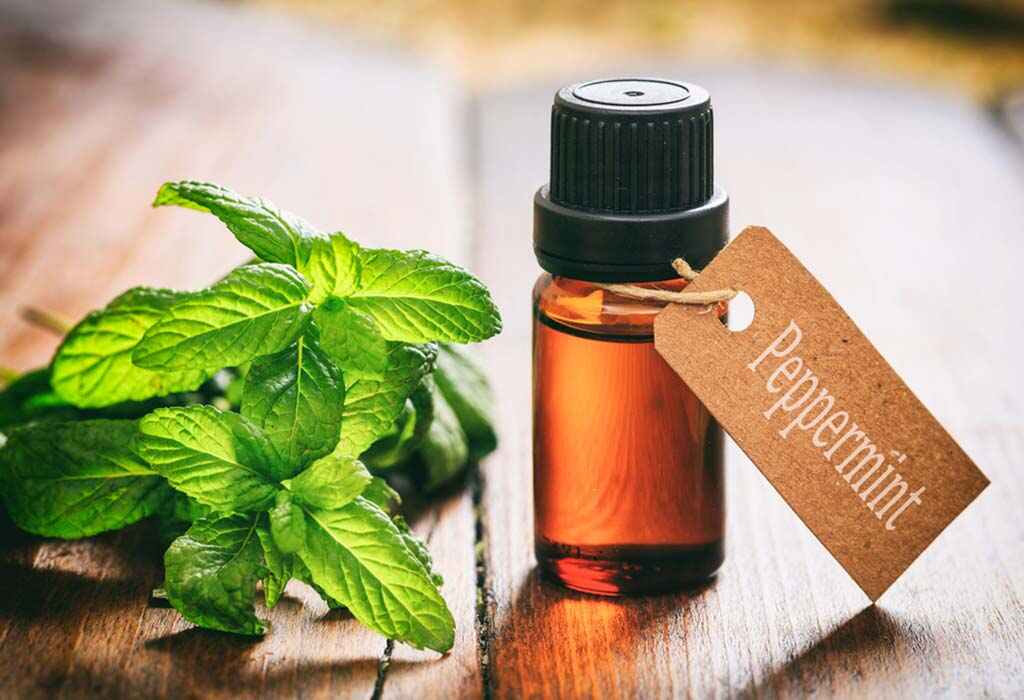
Essential oils have high concentrated active ingredients which might hurt your scalp. So, it is advisable to dilute them in carrier oils like coconut oil and olive oil. Dip a cotton ball in the mixture and apply directly to your scalp.
If these solutions aren’t helpful, you might have to visit a dermatologist to prescribe a steroid. One thing with treating lice is you have to be consistent with the treatment until you are sure your scalp is free from the nits.
Did you find these tips helpful? Let us know in the comment section below. Don’t forget to drop a like!

